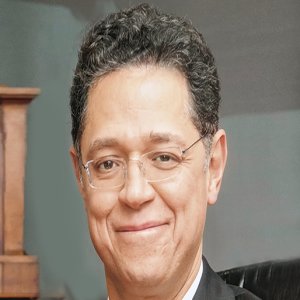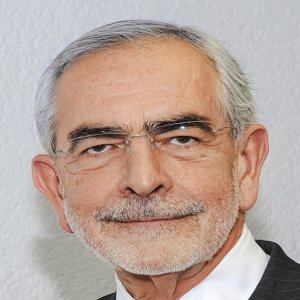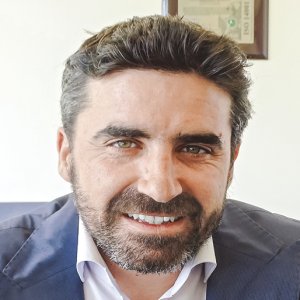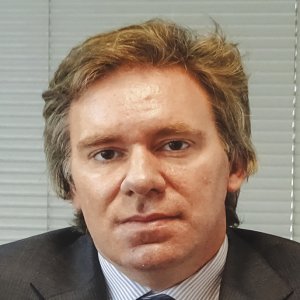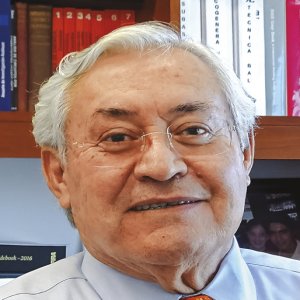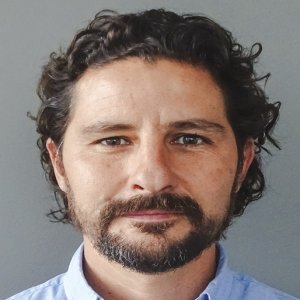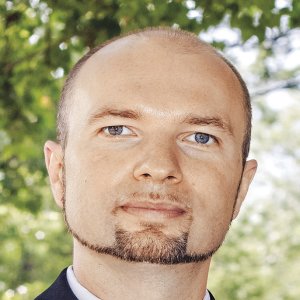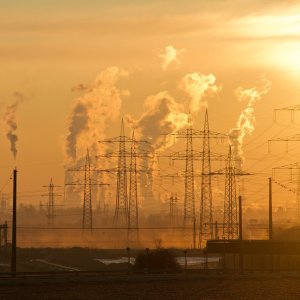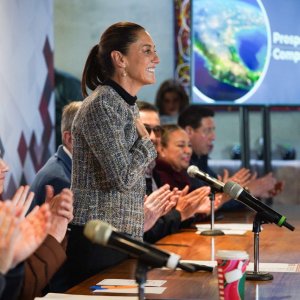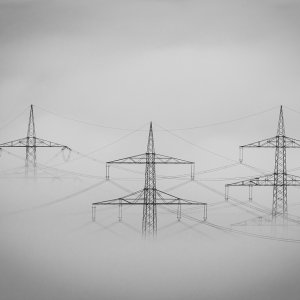Qualified Users To Set The Market’s Pace

STORY INLINE POST
Q: What tendencies are shaping the energy market after the implementation of the Energy Reform?
A: Before the Energy Reform, power generation was the only activity in the electricity sector open to private investment, up to a certain extent. Now we see new opportunities in the supply, commercialization and power generation sectors. We have identified a need to increase the country’s installed capacity by 50 percent in the upcoming 15 years, which is expected to attract significant investment through short and long-term power auctions. We see a particular demand for technologies offering firm capacity such as combined-cycle and cogeneration power plants. We also expect more private developments to take place with a greater emphasis on bilateral contracts, which are similar to the PPAs used before in the sector.
The wholesale electricity market is becoming increasingly more complex, driving market participants to become more sophisticated and adopt efficient IT tools that help them analyze and consider all important indicators for their strategies. It would be prudent, for instance, to forecast and consider the future of natural gas prices. We estimate that natural gas prices could increase 2.5 percent annually during the next 10 years, having a significant impact on Mexico’s electricity tariffs due to the large presence of gas-based technologies in the system. Forecasting the behavior of the spot market and regulated and unregulated tariffs will be one of the greatest challenges for companies operating in the sector.
Q: How have the market changes impacted EY’s TAS Practice and what is your clients’ main concern?
A: The power auctions were the major events impacting the industry in 2016. The low prices offered by CFE drove companies to optimize their operations and reduce their projects’ CAPEX, sending low-price signals to the market. This had a profound impact on qualified users’ expectations about energy prices. We are now receiving numerous calls from qualified users saying they want to get fixedprice deals similar to that of the auctions, looking below US$60 per MW/h. Qualified users are aware that they do not present the same economics of scale as CFE but they are not willing to pay US$80 per MW/h now that they know companies can do better.
We used to see around 10 and 14 percent return on investment (ROI) in power generation projects but with the drop in prices we expect to see even lower figures. For this reason, we believe energy supply and commercialization will become more attractive investments. We are seeing a strong tendency toward sophistication among qualified users so we expect these market players to set the pace for energy purchasing, forcing suppliers and generators to adapt to the new requirements.
Q: How does EY collaborate with market participants to make the most out of the energy market?
A: We advise large corporations to better understand the evolution of their energy consumption so they can define their profile in the new market. We then perform a market screening, comparing all the options available given the company’s profile, including a risk analysis for each possibility. These processes allow us to understand what the companies’ needs are and advise them about the most attractive options, which include staying under the old regulations or migrating to the new law, as well as purchasing energy from a generator or a supplier or establishing a bilateral contract. It is also possible to create a mixed portfolio, having only certain loads under the new regulations. It all depends on what the opportunity costs and the company’s business plans. For generators we focus on M&A transactions, which have become popular under the new conditions. These transactions involve conducting due diligence on the financial, technical and legal aspects. We ensure that all projects under development will be viable for both parties. For companies in the electricity transmission and distribution sectors we provide advice on how to optimize their financial models and be competitive in CFE’s tenders, including the tender for the highly anticipated US$1.2 billion transmission line that will join Ixtepec, Oaxaca with Yautepec, Morelos.
Q: How attractive is Fibra E for energy companies and what assets do you expect this vehicle to finance?
A: Fibra E is a financial vehicle designed to monetize assets in the stock market and can be considered the Mexican version of the Master Limited Partnerships (MLPs) used in the US. MLPs are usually used for oil and gas assets while power assets tend to be monetized through yield cos, a financial vehicle designed to produce returning cash flows from operating assets. Under the Mexican scheme, only assets with at least one year of operation can be monetized using Fibra E, a requirement offering certainty to investors that the project is profitable. Along the same line, companies need to prove their assets can provide recurrent cash flows during a 10-year period at least. We therefore consider transmission lines, natural gas pipelines and storage stations as well as power plants with longterm PPAs as the most suitable assets in the power sector to participate in Fibra E. Mexico has two financial vehicles besides Fibra E that can be used to monetize assets, Fibra and CKDs, and all offer different conditions, particularly regarding fiscal benefits. In the case of Fibra E, investors can be exempted from certain taxes regarding yields. We have developed an extensive report on this issue that can be consulted freely at our website.
Q: What is delaying the launch of investments under the Fibra E vehicle?
A: We need to consider that Fibra E is directed at largescale companies with operating assets, so the preparation period is long. Participants need to consider the integration of this mechanism into their current financial models and analyze what the impact will be. They also need to forecast how investors will react to their offer in the stock market before making any big move. We are helping three companies prepare to enter Fibra E. We cannot share their names due to confidentiality reasons but we expect them to be ready soon. In all cases, we recommend starting with a conservative model before moving into more aggressive strategies.
Q: What are the risks of investing in Fibra E and how does EY help companies to mitigate them?
A: We have advised companies preparing for Fibra E mostly from a fiscal perspective. MLPs and yield cos have experienced challenging times in the US, with several factors impacting their performance that were not initially considered, such as a company’s corporate image. We are not offering advice about Fibra E risks and we do not know of any company able to do it now. However, we expect Mexican pension funds (AFORES) to be actively participating in Fibra E as has happened in other markets.
Q: What is the largest investment opportunity now in the Mexican energy industry?
A: We have identified great interest from the private sector in entering the electricity market as qualified suppliers Being a supplier consists of purchasing energy from generators, usually using long-term agreements, or directly from the spot market and offering it to qualified users at a higher price but shorter terms. In the past, generators needed to establish long-term agreements with off-takers, which limited flexibility. Qualified suppliers do not need to be technical experts in electricity but they need to know the market’s products perfectly and be knowledgeable in risk management strategies and brokering. Energy supply can be compared to other retail businesses where the objective is to optimize the inventory and increase the client portfolio. The novelty of the market limits the data available, which can complicate supply activities. To overcome this we compare the Mexican market with the Pennsylvania-New Jersey-Maryland Interconnection (PJM) and the Electric Reliability Council of Texas (ERCOT) markets operating in the US, which have similar participants and rules to their Mexican counterpart. What we observed in both cases is that the number of suppliers decreased over time as stronger companies bought smaller participants.
Q: What are the expectations for products like financial transmission rights and ancillary services?
A: We are still evaluating what the behavior of these products will be. We expect the auctions for financial transmission rights to take place in the next months, so we hope to have more clarity about this particular product soon. Ancillary services are still uncertain. We do not know how much volume will be traded yet and at what prices. What we have observed in other markets is that specialized companies have been created for managing these services and, in fact, some are looking at Mexico with great interest. The challenge these companies face now is the same as other market participants: the lack of technical data from the market.
Q: What major events will take place in the Mexican energy industry in 2017?
A: The evolution of CFE as a competitive enterprise of the state will be one of the major events. Competitors are waiting for the state-owned utility to define its role in the industry’s different segments so they can plan their strategies better. Another major event will be the tender of the 600km transmission line project joining Oaxaca and Morelos, which will be the first big tender of 2017. The auctions for financial transmission rights are also highly anticipated by the industry and we will see in the first quarter of the year how demand for this product behaves. We also expect the capacity market to become more important in 2017.
